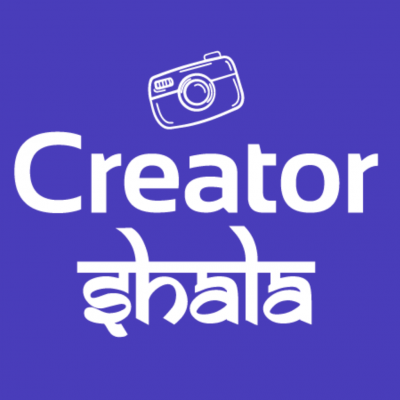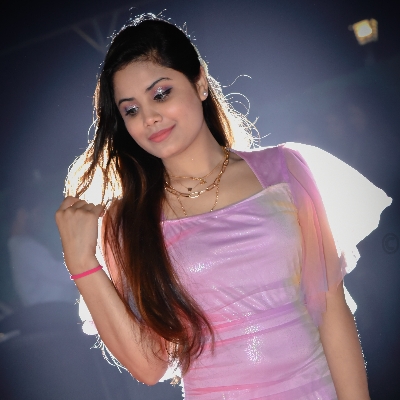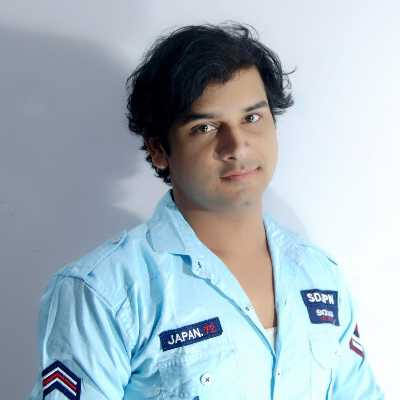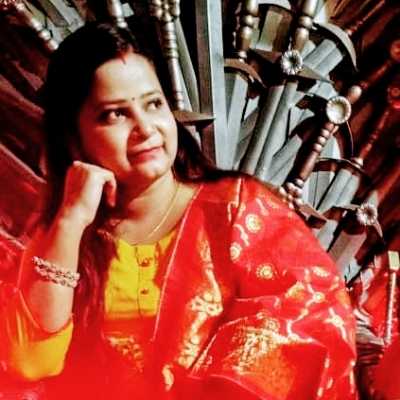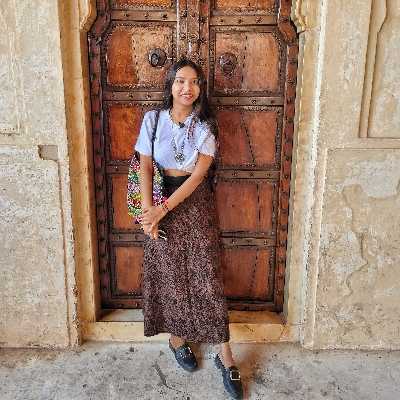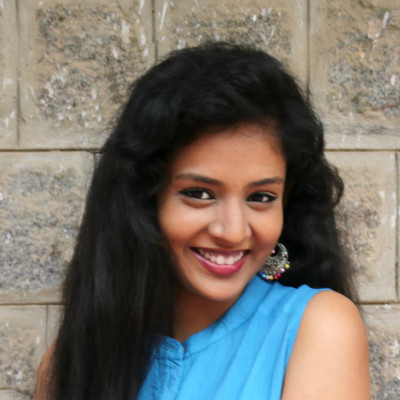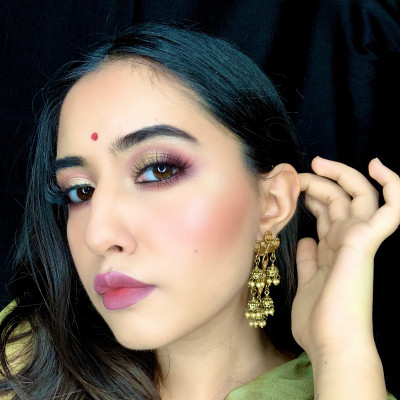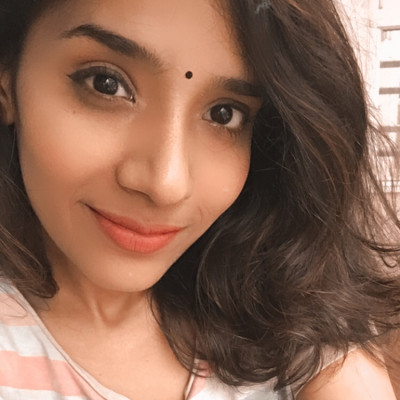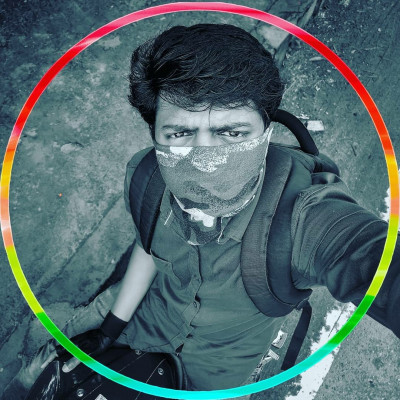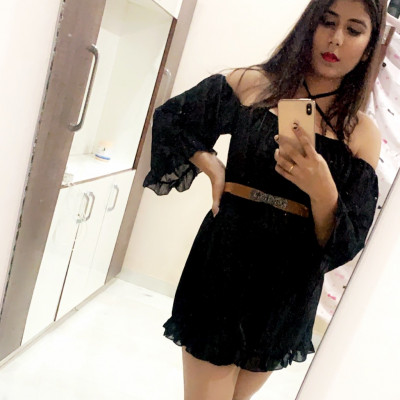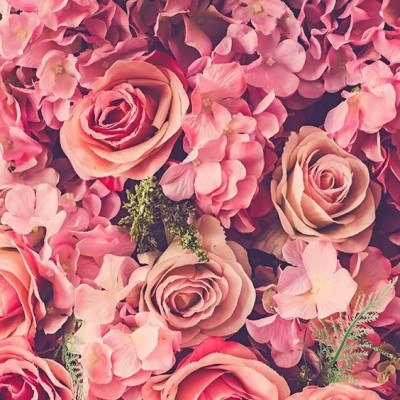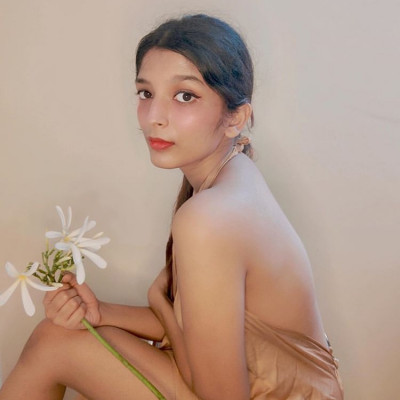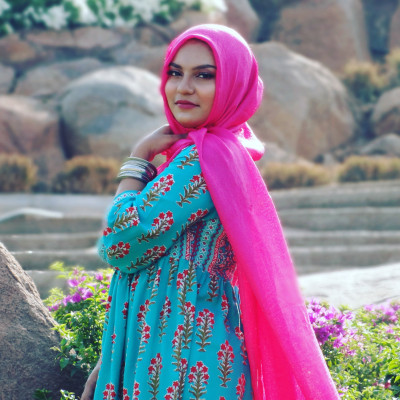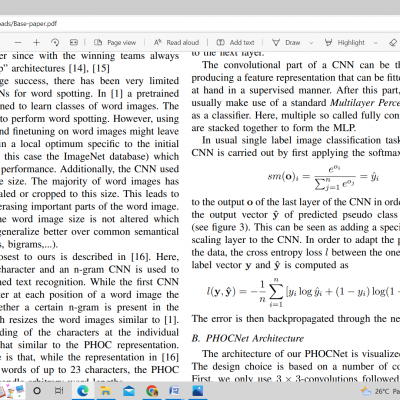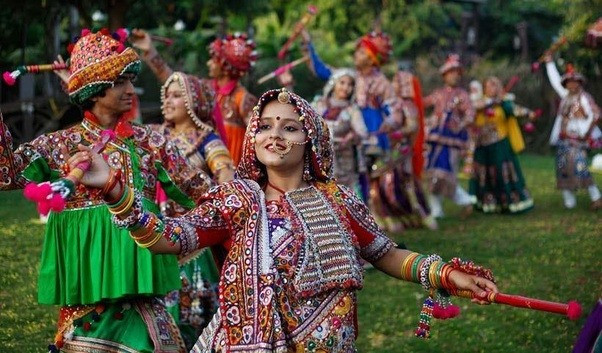Festivals, for most people, seem to be no more than a welcome break from the monotonous routine. But the truth is, there is more to festivals than mere fun and enjoyment. Every festival has a reason and significance behind its celebration. Similarly there is a proper meaning behind the celebration of the Navratri festival. Navratri is the sacred and joyous festival of the Hindu community of India. Observed over a period of nine nights, the festival is famous almost throughout the country for its religious and social importance. It is devoted to the worship of the divine Maa Durga in various forms under different names by different people. Like any other Hindu festival, Navratri has a spiritual message for its observers. This nine-day festival celebrates the triumph of good over evil and exhorts mankind to wake up from the slumber of ignorance, remove all negativities, purify the mind and cultivate positive virtues. During the nine-night long festival of Navratri the supreme female cosmic power or Goddess Shakti is worshipped in her variously manifested forms as Durga, Laxmi and Saraswati. All three Goddess are the incarnations of Goddess Shakti (the Mother Goddess). The festival signifies power, wealth, prosperity and knowledge. Dandiya is a type of dance that is extremely popular during Navratri. Unlike everything in Navratri associated with MaaDurga, Dandiya is actually associated with Krishna. It is Dandiya Raas, one of the Rass Lila’s Krishna was so famed for. While in Gujarat and many other part Dandiya is played with 2 sticks and men and women in concentric circles, in Rajasthan there’s another type of dance called Dang lila which is very similar to Dandiya but played with only 1 stick. They are both forms of Krishna’s Raas Lila and derived from the original sanskrit word Rasa meaning the mental state or emotion evoked through an art form. Dandiya is actually known as “THE SWORD DANCE”. It is the staging of the fight between Maa Durga and Mahishasura through vigorous dance and steps. The dandiya sticks are symbols of the swords used by the two during their duel. The musical background instruments like Dhol and Percussions are symbolic of the metallic clangs on battlefields. The movements of Dandiya are a lot more complex and intricate than those of Garba. While Garba signifies the birth of life, Dandiya signifies the destruction of evil.

